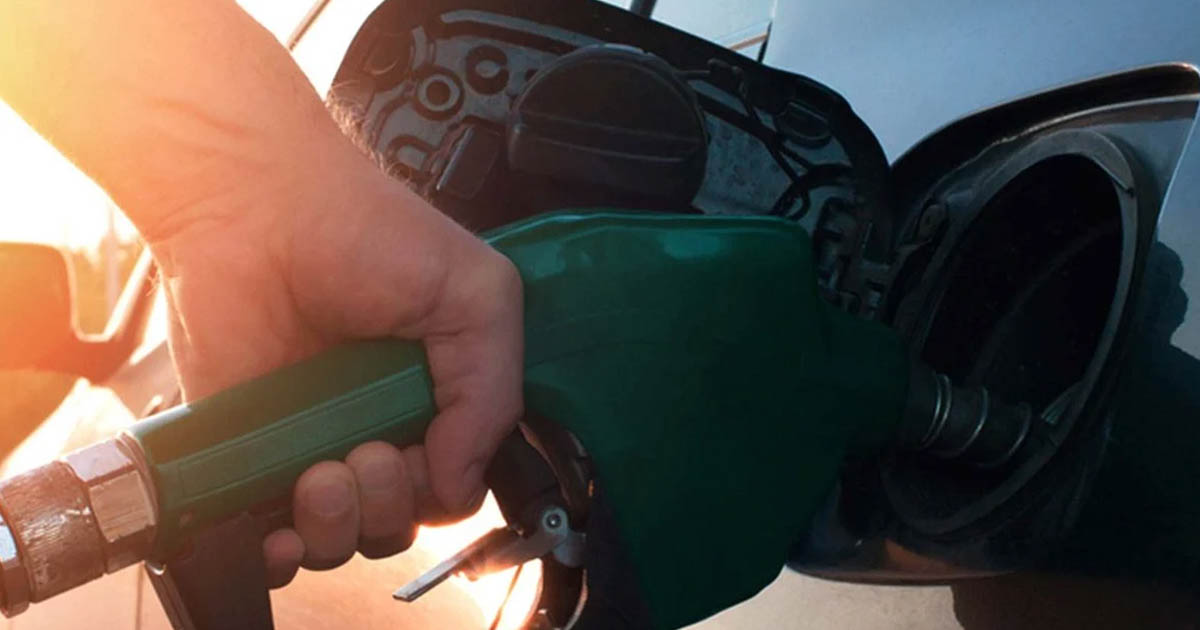One of the everyday mysteries of modern life is why gas tanks are located on different sides of cars. If you’ve ever rented a car or driven a new vehicle, chances are you’ve pulled up to the wrong side of the pump, leaving you to circle around in mild frustration. While this might seem like an oversight in design, the reasoning behind the placement of fuel doors is more complex than you might think.
The Role of Vehicle Engineering

The primary factor influencing gas tank placement is engineering practicality. According to Nissan’s Steve Yaeger, the placement of the fuel door depends on the design of the fuel tank and the underbody components of the car. Routing the filler tube to a specific side can be challenging due to structural limitations.
Ford spokesman Mark Schirmer echoed this, stating that the placement is often dictated by what is easiest to package within the car’s design constraints. As much as consumers might appreciate dual fuel doors, space and demand make this feature impractical.
Consumer Preferences and Regional Habits

In the United States, fuel doors are more commonly found on the left side. This aligns with consumer habits, as most drivers prefer to pull up to a pump on the side closest to the driver’s door. However, this trend is reversed in countries like the United Kingdom and Japan, where drivers operate on the left side of the road and may favor right-sided fuel doors.
Interestingly, Ford conducted market research in the 1980s that revealed a preference for left-side gas tank among American drivers. However, this convenience sometimes led to car doors hitting cement pump islands, prompting manufacturers to strengthen door designs rather than shift fuel door placement.
Safety Considerations

Historically, some automakers believed placing fuel tanks on the passenger side was safer. Studies suggested that the driver’s side was more prone to T-bone accidents, which could rupture a gas tank and create fire hazards. However, Ford’s later research found no significant statistical difference between accidents on the driver’s and passenger’s sides. In regions like Germany, autobahn design plays a role. Many highways lack left shoulders, so a fuel door on the right allows for safer refueling away from speeding traffic.
The Equilibrium Argument

Economist Robert Frank suggests that the variety in fuel door placement serves a practical purpose in reducing congestion at gas stations. If all vehicles had fuel doors on the same side, it would lead to uneven usage of gas pumps, with one side crowded and the other left unused. By having cars with fuel doors on both sides, drivers can distribute themselves more evenly across available pumps, reducing wait times during busy hours.
